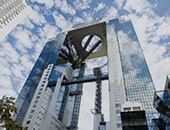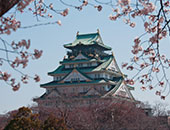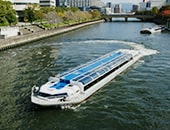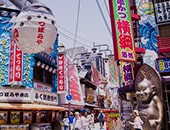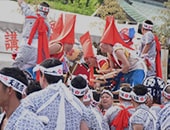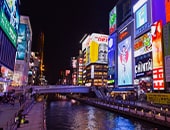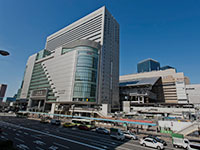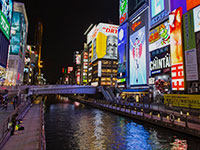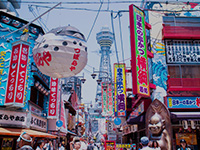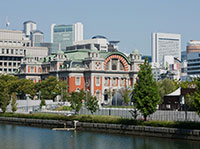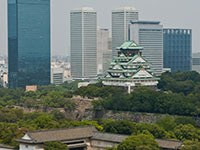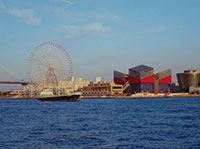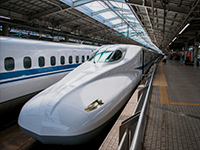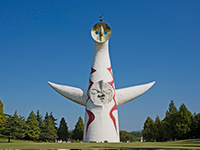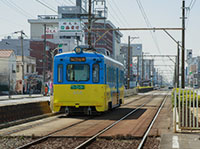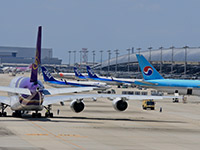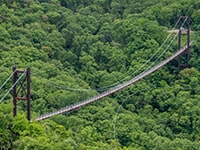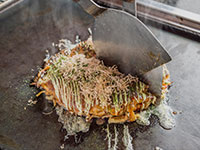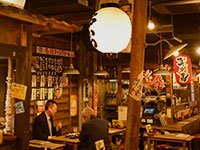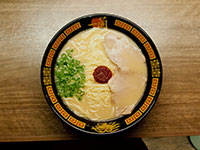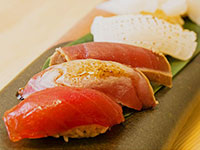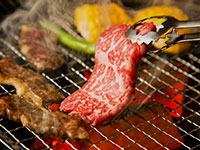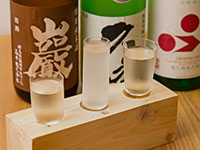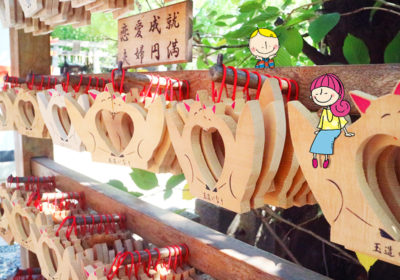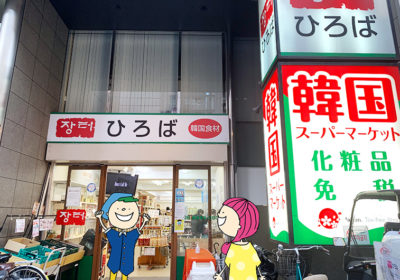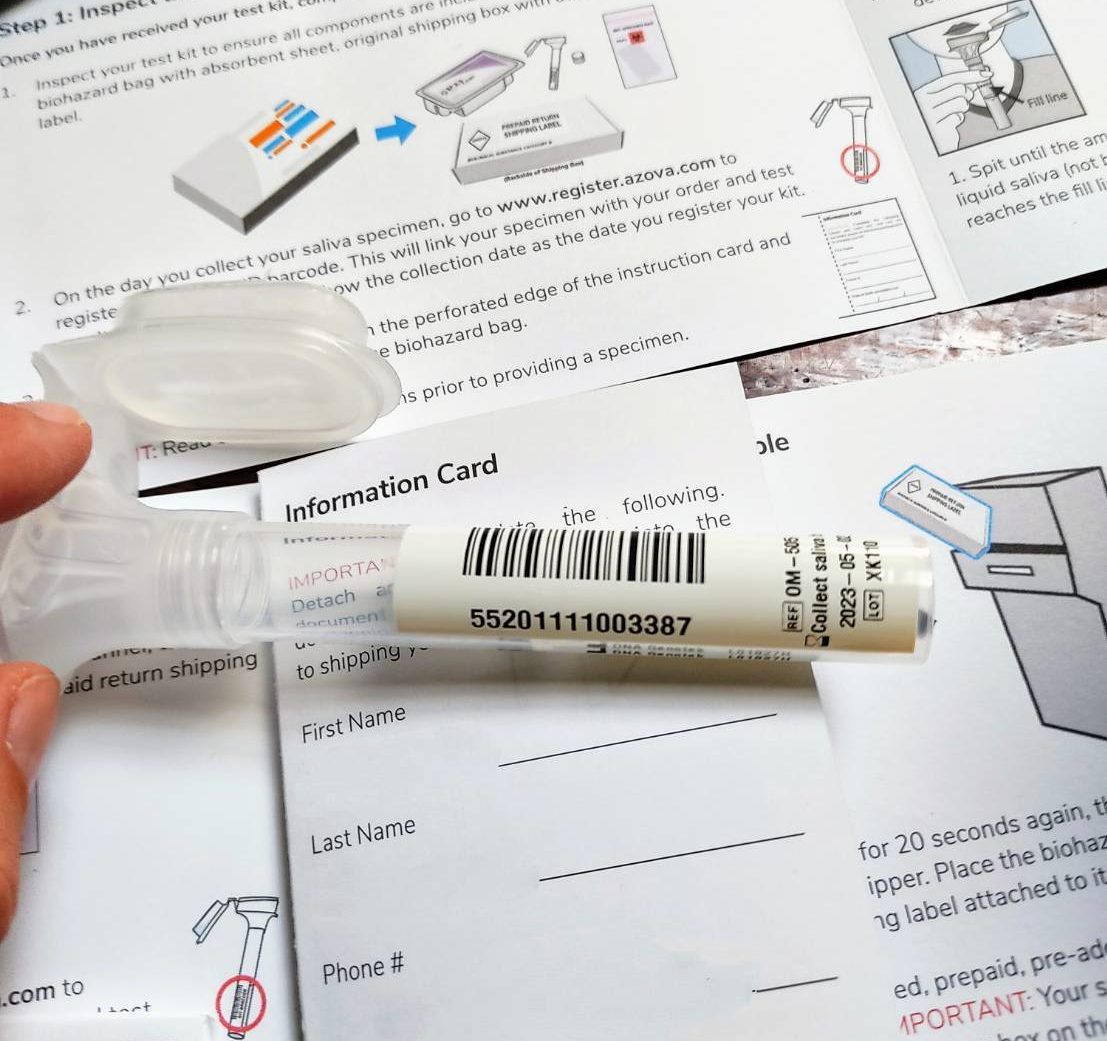

Supporter
So how do you get back in?
Returning to Japan from overseas during Covid
10 min. read
Even for permanent residents of Japan, entering the country during the pandemic has proven no small feat. Here’s an account of my experience returning to Japan through Kansai International Airport on Aug. 22, 2021 and the 14-day isolation period afterwards. It’s a bit long. Bear with me.
Also keep in mind that the situation is always changing, so please check with the appropriate authorities before you travel. And note that there are no exemptions for vaccinated travelers at this time, whether you were vaccinated overseas or in Japan.
[Contents]
- Pre-departure planning: residency status, visas, testing, & flights
- Preparing for check-in at the airport: obtaining a negative Covid test
- Preparing for check-in at the airport: the 3 required smartphone apps & health questionnaire
- Additional paperwork
- Arrival in Japan!
●Pre-departure planning: residency status, visas, testing, & flights
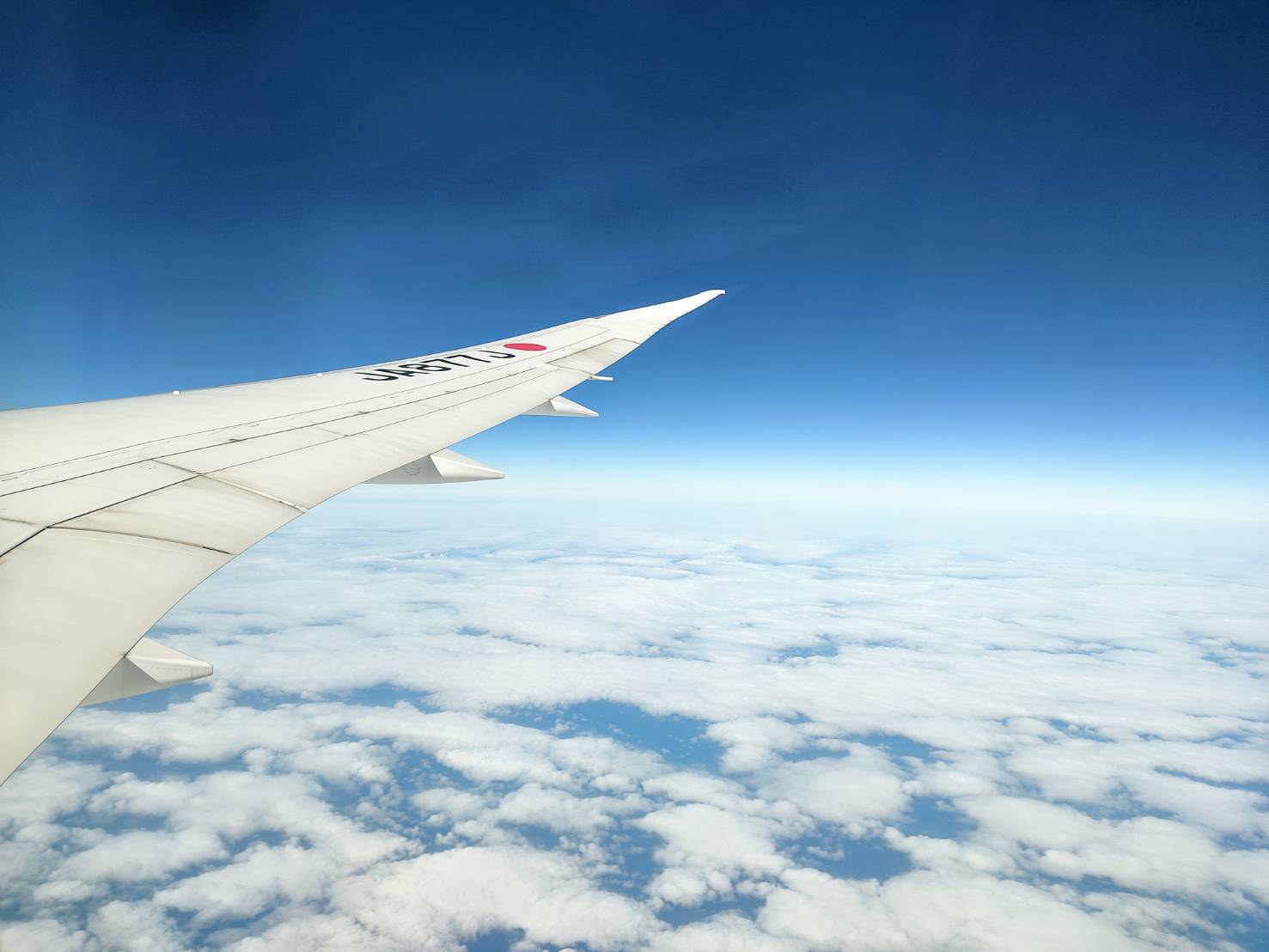
As you may know, most non-Japanese are currently banned from entering the country and have experienced a number of restrictions on their movement into Japan. Without going into details, let’s just acknowledge that tourism visas are not even on the horizon. A number of visas have already been suspended and barring “special exceptional circumstances” even residents of Japan with passports from Afghanistan, India, Sri Lanka, Nepal, Bangladesh, and Maldives are currently prohibited from entering the country from abroad. If you believe you qualify to enter the country, please verify that you meet the requirements outlined in the Ministry of Foreign Affairs (MOFA) in Japan’s Border Enforcement Measures to Prevent the Spread of COVID-19.

Planning is probably the most important step in executing a successful border entry into Japan. In addition to the usual requirements, holding a valid passport, visa status, etc, you will need to satisfy additional measures to get through the strict airport quarantine. Here are the steps I took:
- Locate a Covid-testing center or hospital in the country you are staying that can fulfill the MOFA requirements and/or a doctor who is able to fill out the immigration form. A few notes about the test:
- TIMEFRAME: The test sample needs to have been taken within 72 hours of your departing flight (read: if your itinerary starts with domestic flights, the 72-hour timeframe is calculated from your first international flight’s scheduled departure time). The results from this test will need to be ready before you check-in with your airline.
- TEST TYPE: Depending on your overseas location it may be difficult to find a test that satisfies the MOFA requirements. Note that some international travelers have been deported for submitting results from a nasal swab test instead of the nasopharyngeal test. If you are planning to get an antigen test, keep in mind that while quantitative antigen tests are accepted, the qualitative antigen tests (which are readily available in the US) are not. Confirm the testing center/lab schedules because results may not be available 7 days a week. Plan your flight accordingly or find an alternative testing option. Many airports do have testing locations in the airport. However, in my experience, some may not be able to satisfy the MOFA requirements and many do not test on small children.
- FAQs: According to the FAQs, it is not absolutely necessary that children under 6 provide a test certificate, but I erred on the side of caution. Please see the FAQs for more information about the test and certificate.
- Book a flight that allowed me to both get the necessary test results in time taking into account test availability and reach my home in Japan without using public transportation. I then arranged private transportation from the airport to my home to begin my 14-day isolation period. Luckily, the state that I had visited in the US was not on the list of regions which require a hotel stay and additional testing. With some trouble I was able to book an itinerary that put me on a flight from Los Angeles that flew directly to KIX. If you live in Kanto this is obviously not an issue, but if you are a resident of Western Japan or really anywhere that is far from Tokyo be careful when booking your flight. Current restrictions require you to have private transportation to your isolation facility from your first point of entry into Japan. If you cannot travel to your destination without using public transport, including domestic flights, you will be required to isolate in a hotel at your own expense.
- Because there are so many documents for entry into Japan I recommend preparing a folder for all of your papers. You will be asked to present them multiple times in your departure, transfer, and arrival airports. You will also receive new documents along the way, both onboard and after arrival in Japan. In my case, I went with a bright green accordion folder.
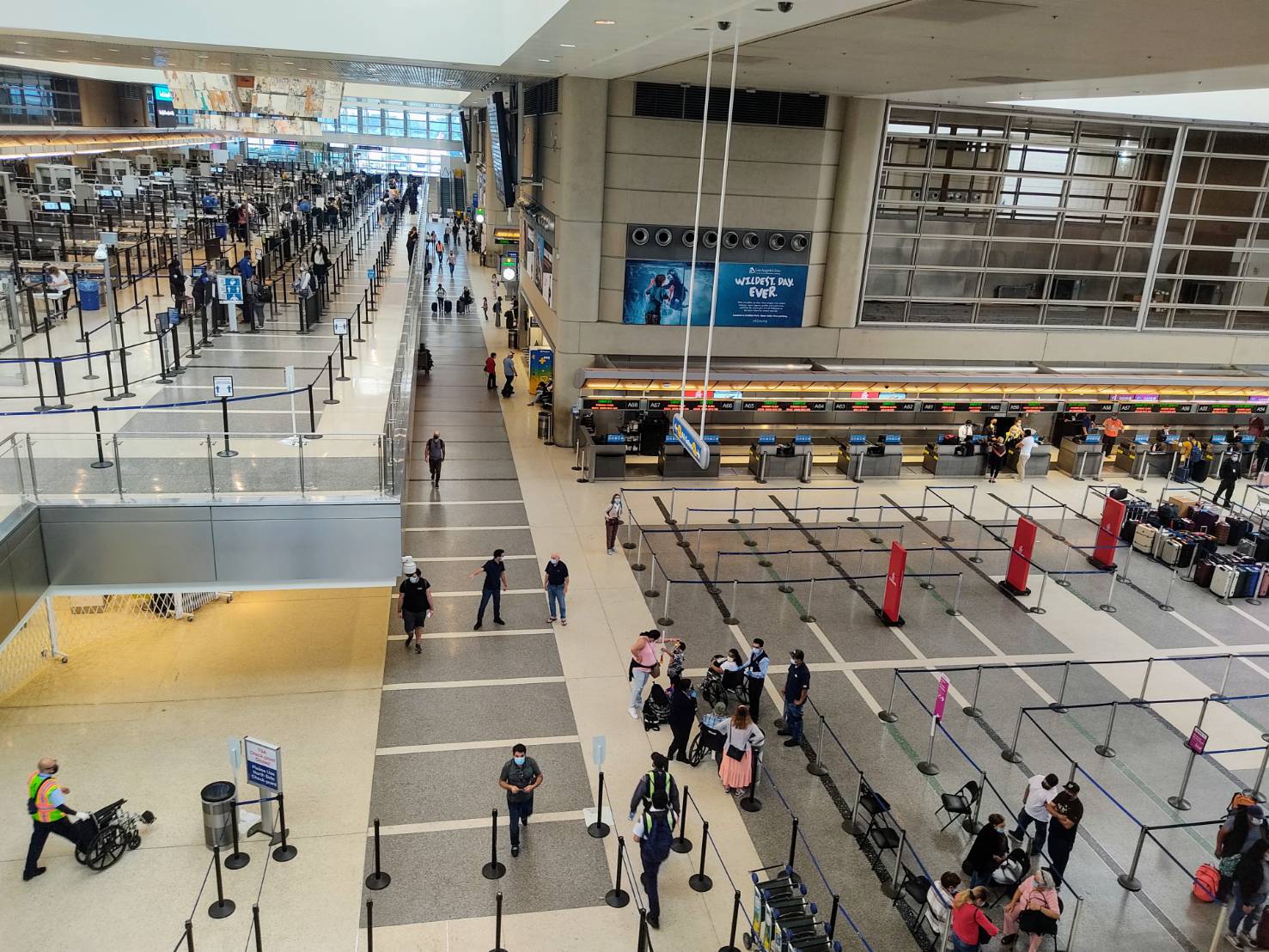 (Side note: LAX actually had a walk-up Covid-19 vaccine station in the international terminal)
(Side note: LAX actually had a walk-up Covid-19 vaccine station in the international terminal)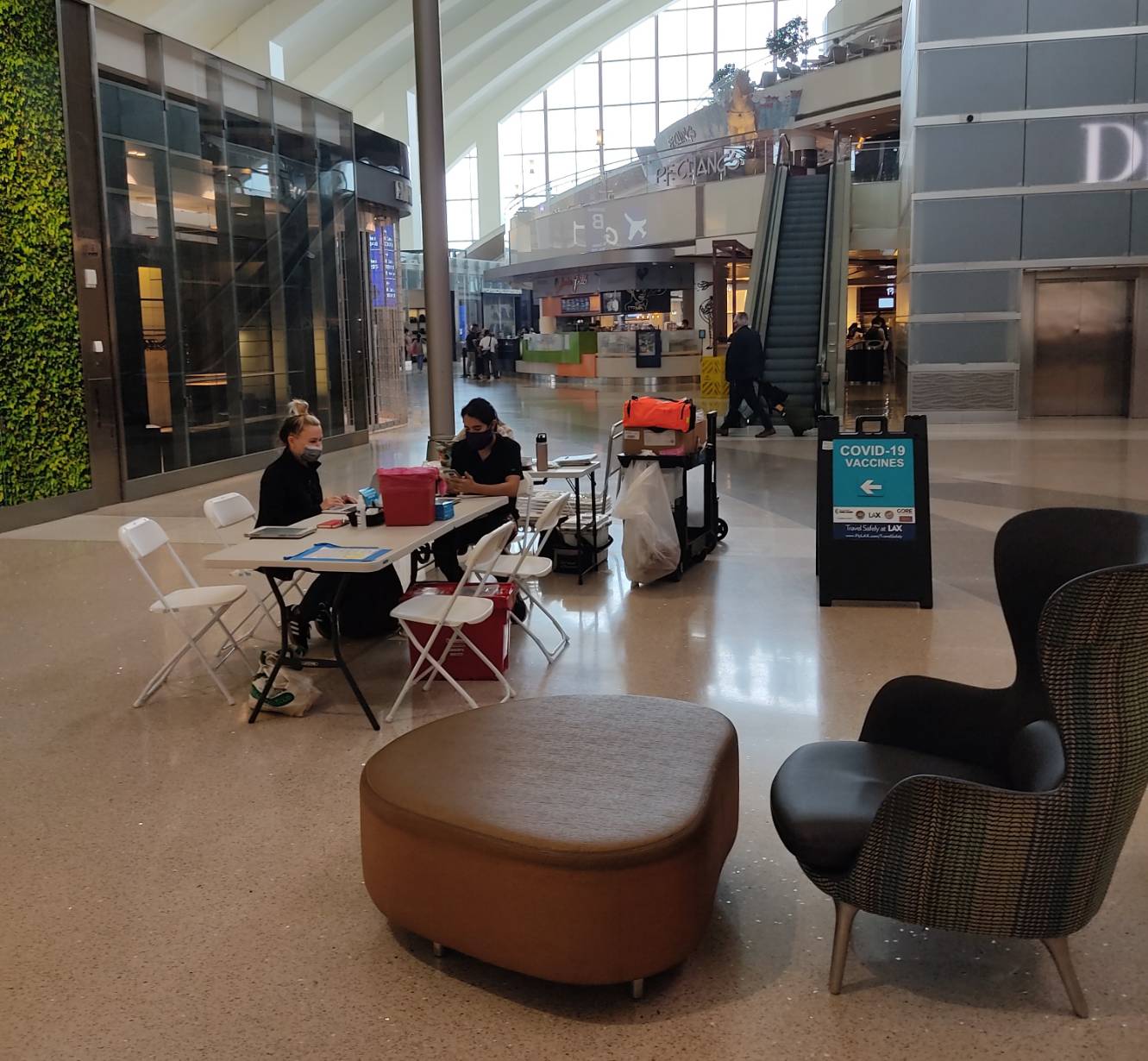
●Preparing for check-in at the airport: obtaining a negative test result
The most important step: acquiring a negative Covid-19 test result certificate. I used a saliva test kit available from Costco pharmacies with video observation and had a primary care physician fill out my immigration form after verifying the results. To be honest, it was a little stressful because we did not receive one of the test kits on the scheduled delivery date, but it worked out because we had ordered them early. My children were very happy to do a saliva test, instead of the deep nasal collection method. It was also good practice for the Japanese airport test. (More on that later. It’s surprisingly difficult to produce 5 ml of saliva on command.)
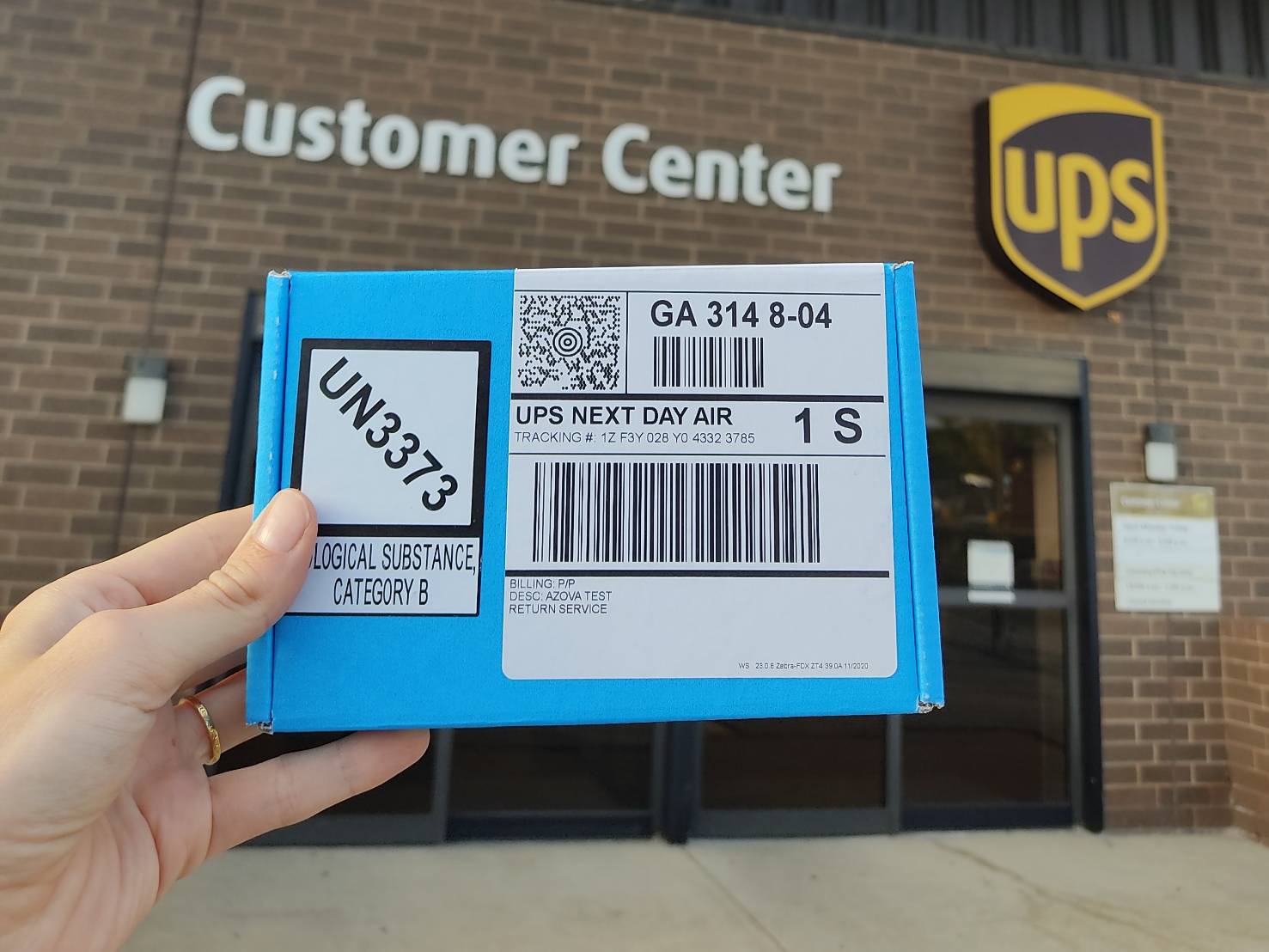
●Preparing for check-in at the airport: the 3 required smartphone apps & health questionnaire
Download the 3 apps required for entry into Japan. Anyone 12 years or older will be required to use a smartphone to track their location for 14-days after arrival. If you do not have a smartphone you will be required to rent one either before arrival or at the airport. It seems some people have waited until arriving in Japan to download these apps, however in my experience the airline staff insisted that I show her the apps on my phone before giving me my boarding passes.
The apps are:
-
-
- Contact Confirmation Application (COCOA)—This app is designed to use your phone’s bluetooth to tell if you have been in close contact with a confirmed case of Covid-19
- My SOS— This app is used for reporting your health condition and monitoring your location during the 14-day quarantine.
- Google Maps This app is required for providing your location to health authorities and to track possible Covid-19 exposures.
-
All 3 apps can be downloaded on your device directly through your app store or using the QR codes provided here. Note that the required operating systems are iPhone 13.5 or Android 6.0 or later.
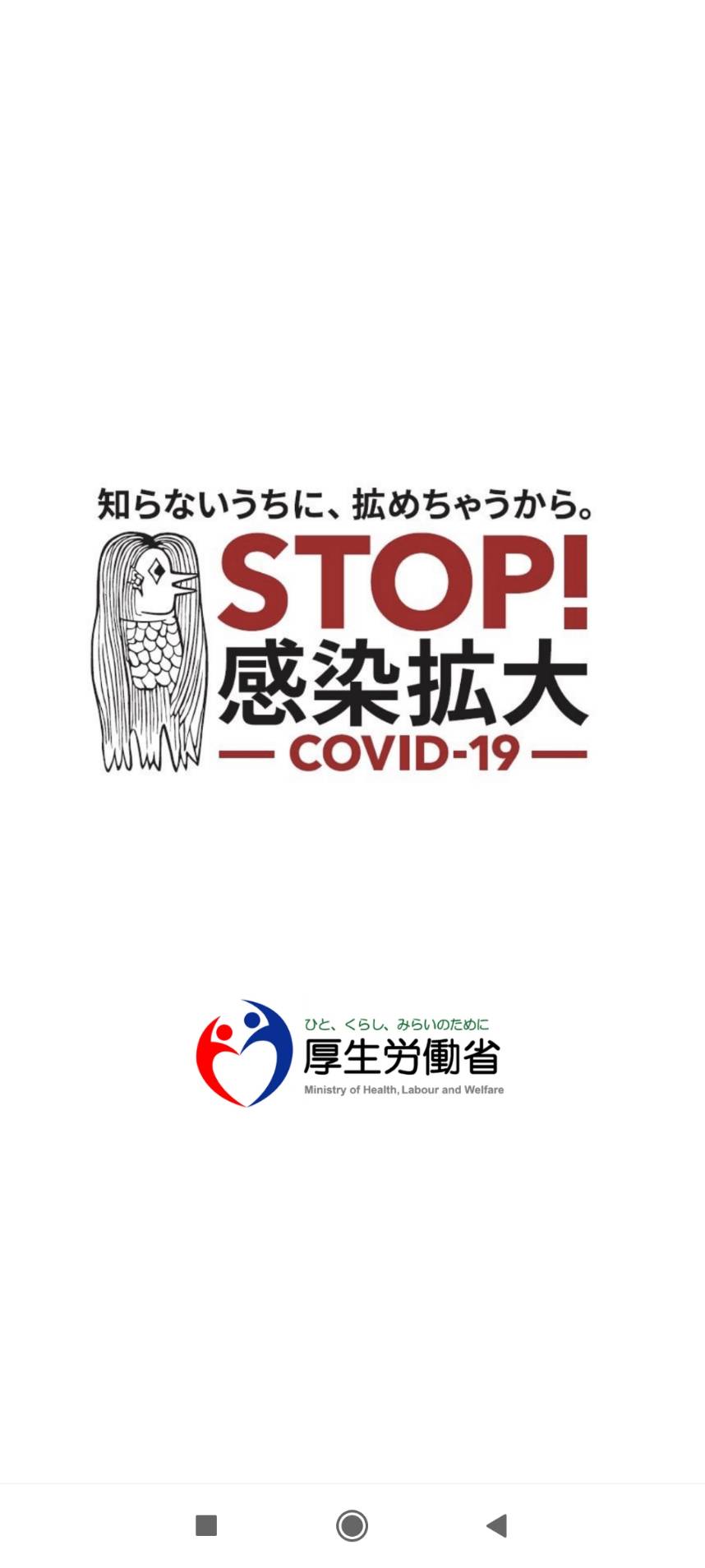
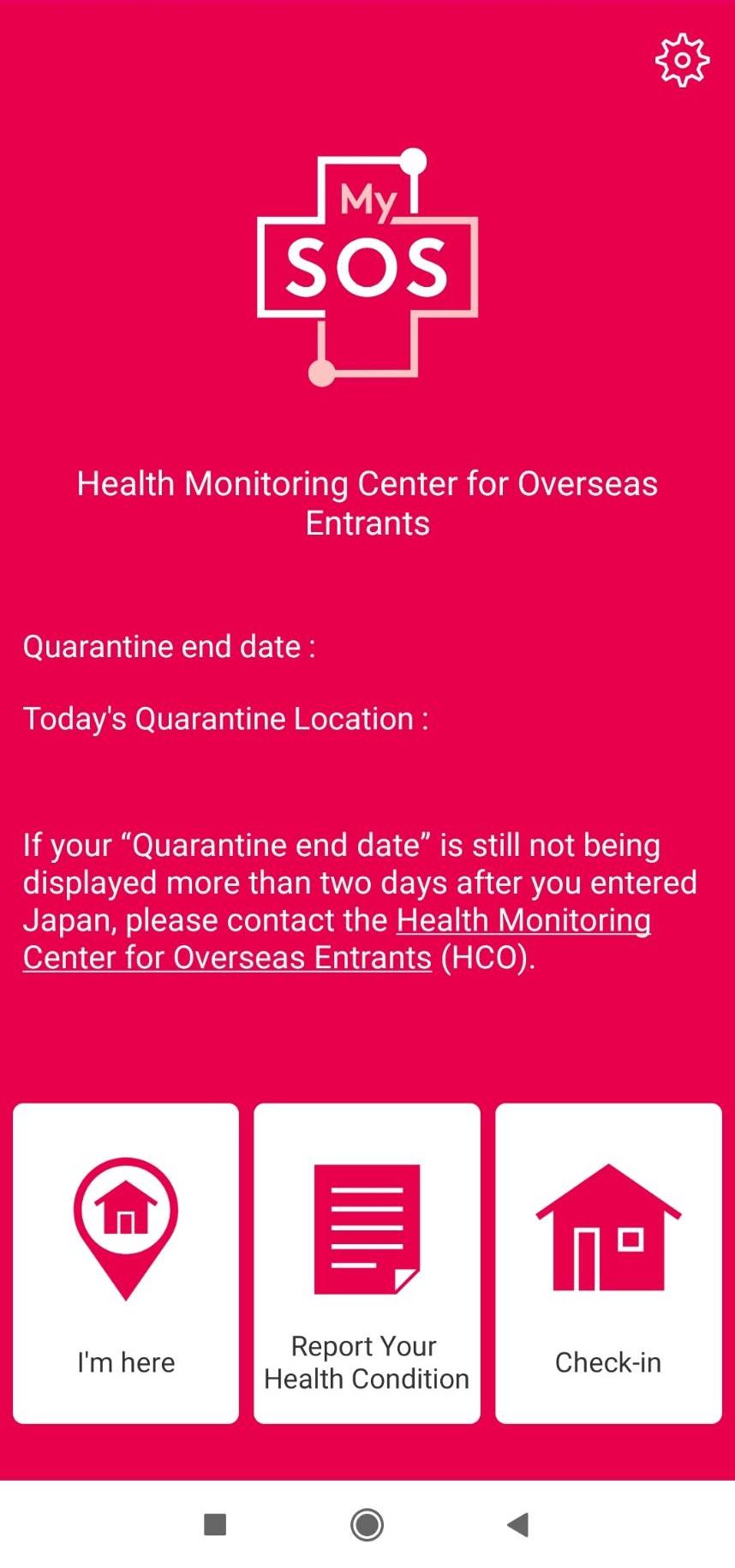

Fill out the health questionnaire from the Ministry of Health, Labour and Welfare for each passenger and generate a QR code. I waited until I got to the airport to generate my QR codes, which was pretty stressful with 2 small children and poor airport wi-fi. The agent insisted that I present a QR code before we could be checked in . However, although she could not verify our seats on the Japan-bound flight the questionnaire requires set numbers. We were told to enter a false seat number and generate a QR code, which seems against the nature of the system, but we also couldn’t get onto our first flight without doing so. I later generated new codes once we had our correct seat assignments, which I presented to the quarantine officials at KIX. Whether you wait until you get to the airport or not, don’t forget to take a screenshot of your QR code. You’ll need to show it to airport staff at least once and again to the quarantine section when you arrive in Japan.
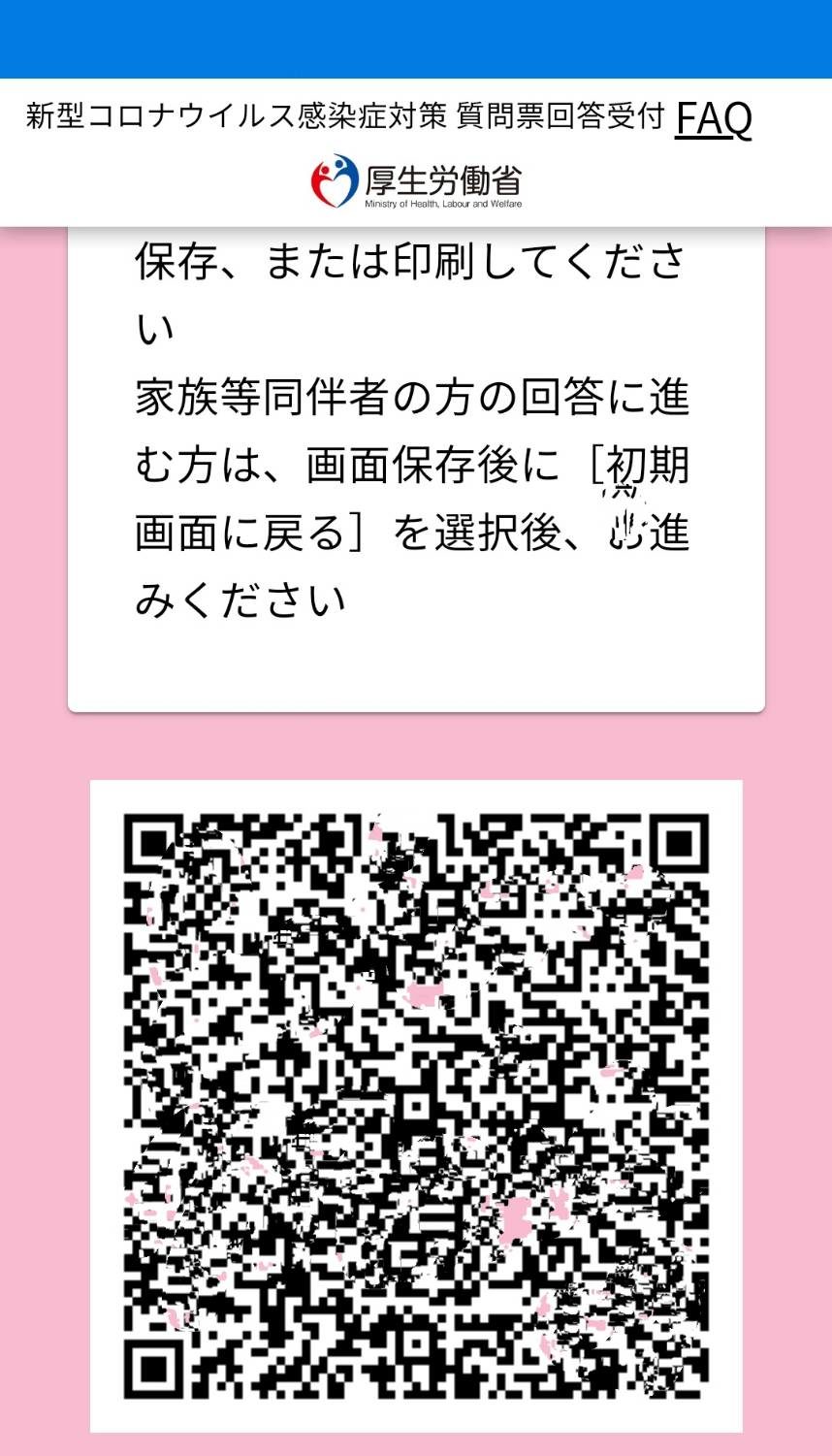
●Additional paperwork
Once we managed to check in and board the aircraft, we settled in for a long flight. The food was pretty good for in-flight service (Thank you JAL!) and the international flight was not nearly as crowded as our domestic legs. The flight attendants came around with additional paperwork—a customs form, a paper health questionnaire, and a pledge. Good thing I had that folder for travel documents!
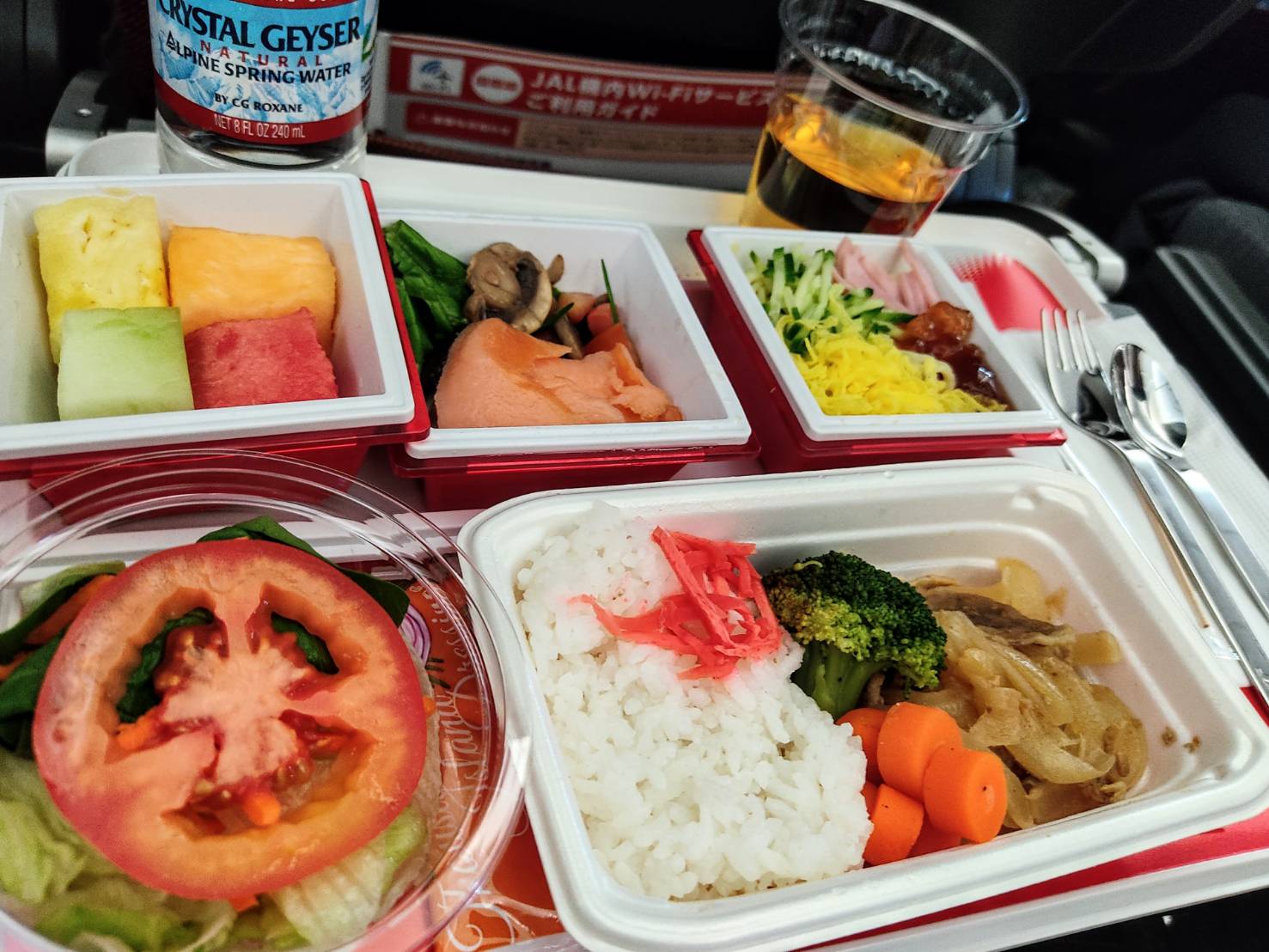
The information required for the paper version of the health questionnaire is essentially the same as the online questionnaire, but nonetheless I was told to fill it out. The pledge states that you will not use public transportation and that you agree to use the health monitoring apps during your 14-day quarantine period.
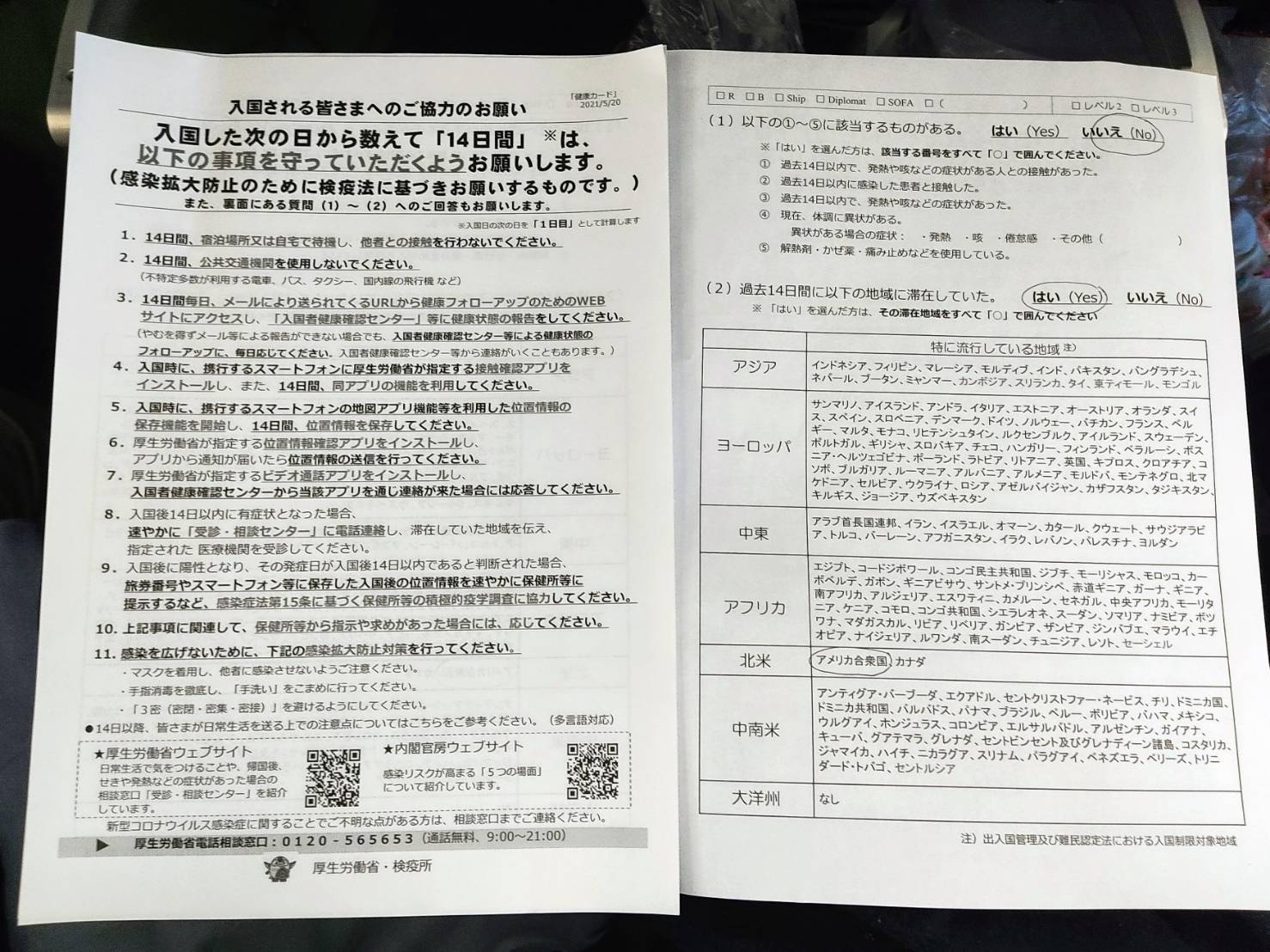
I hope you’re still with me. Now for the fun part…
●Arrival in Japan!
We arrived in the evening at KIX and were extremely excited to be home after such a long journey. But, be prepared to wait. Passengers are allowed to leave the aircraft in small numbers beginning with the front of the plane. And although we were not in the very back of the aircraft, it still took us 25 minutes before we were allowed off.
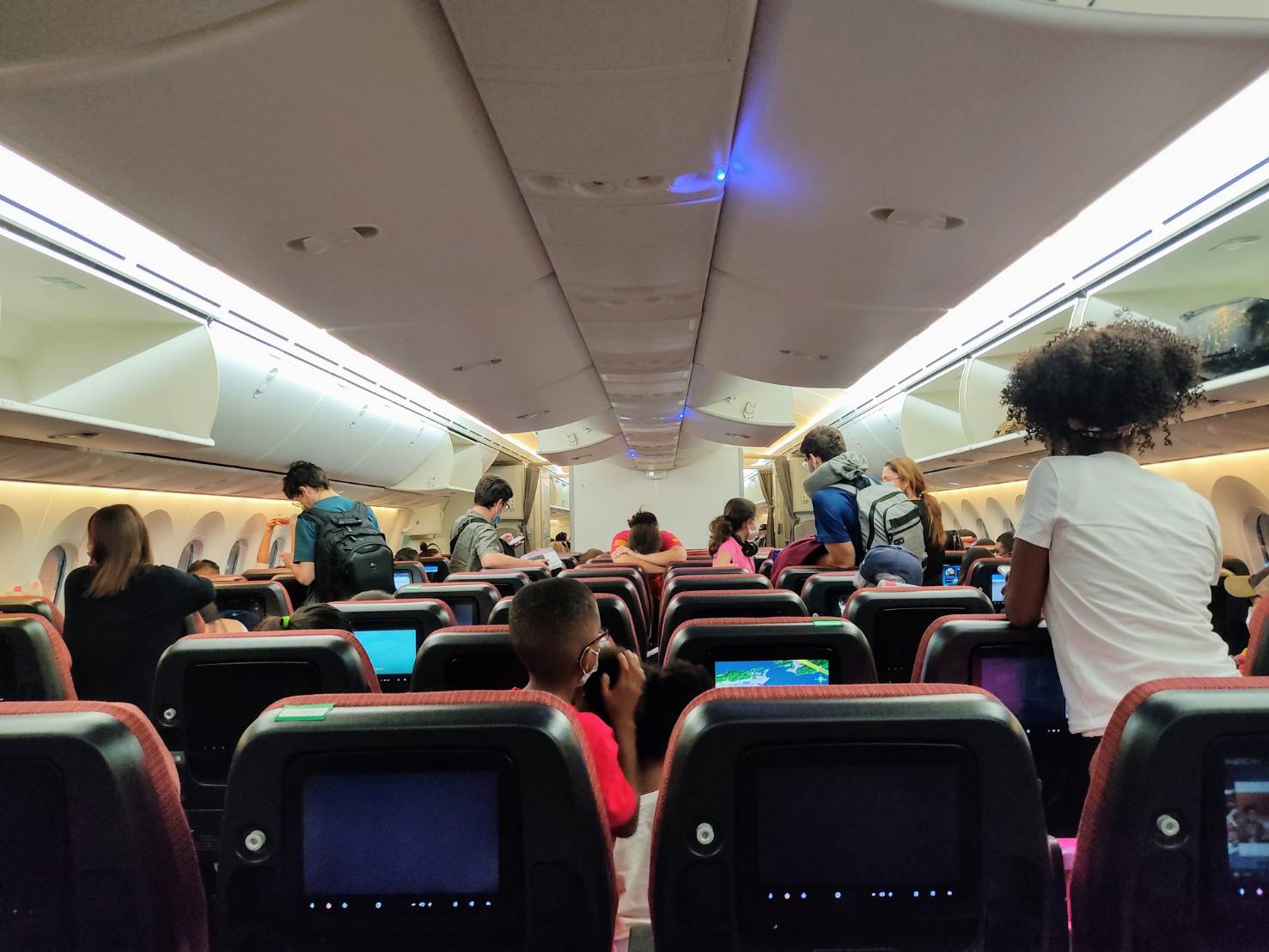
And once we were off the airplane, we were shuttled through a series of checkpoints in the airport. There were a total of eight stations, many of which require document checks. Get out that travel folder, because this is where you use it!
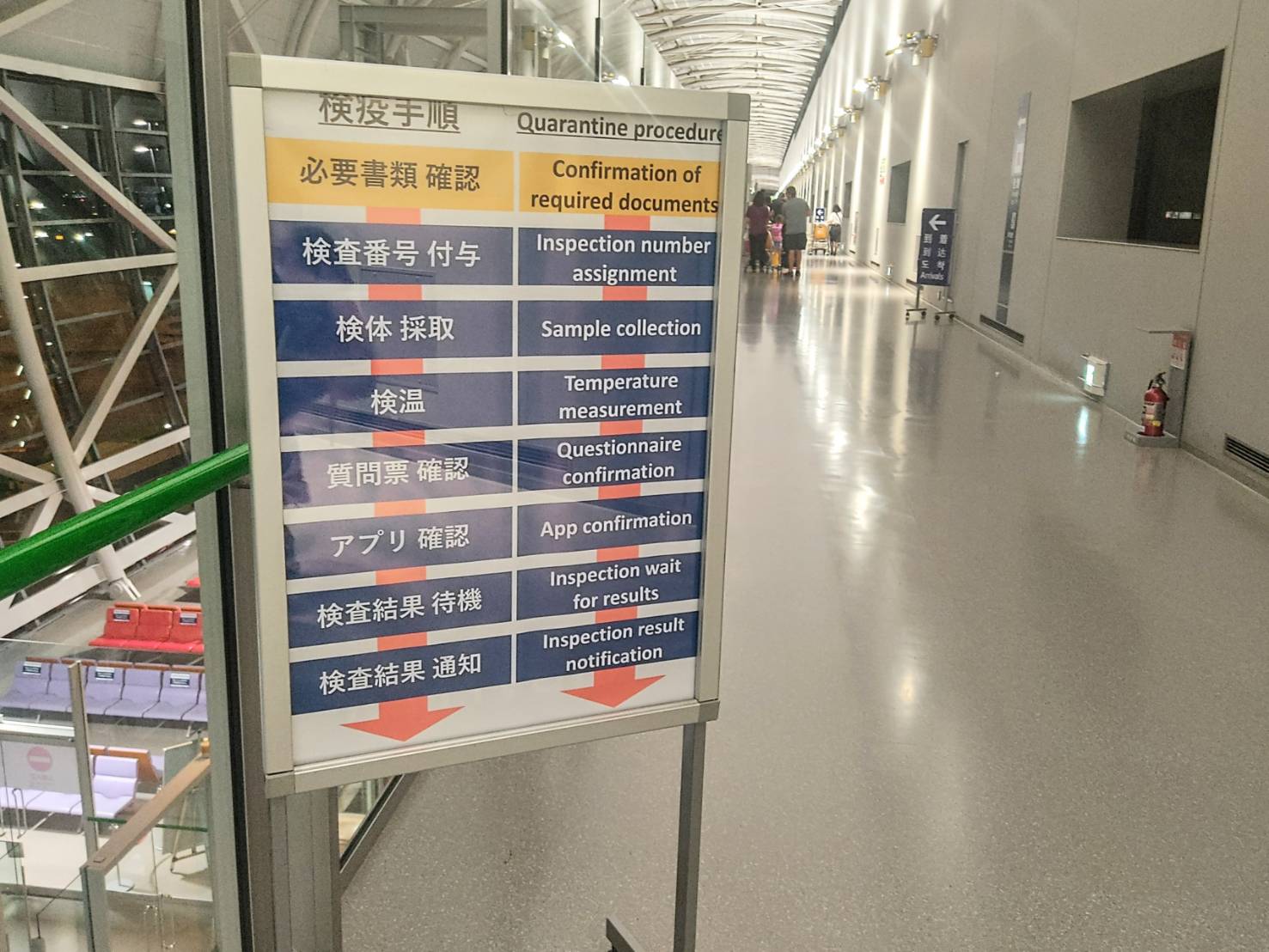
It’s quite the process and at some points it feels like it will never end. But if you just keep moving forward you’ll clear another station and get closer to your goal: exiting the airport.
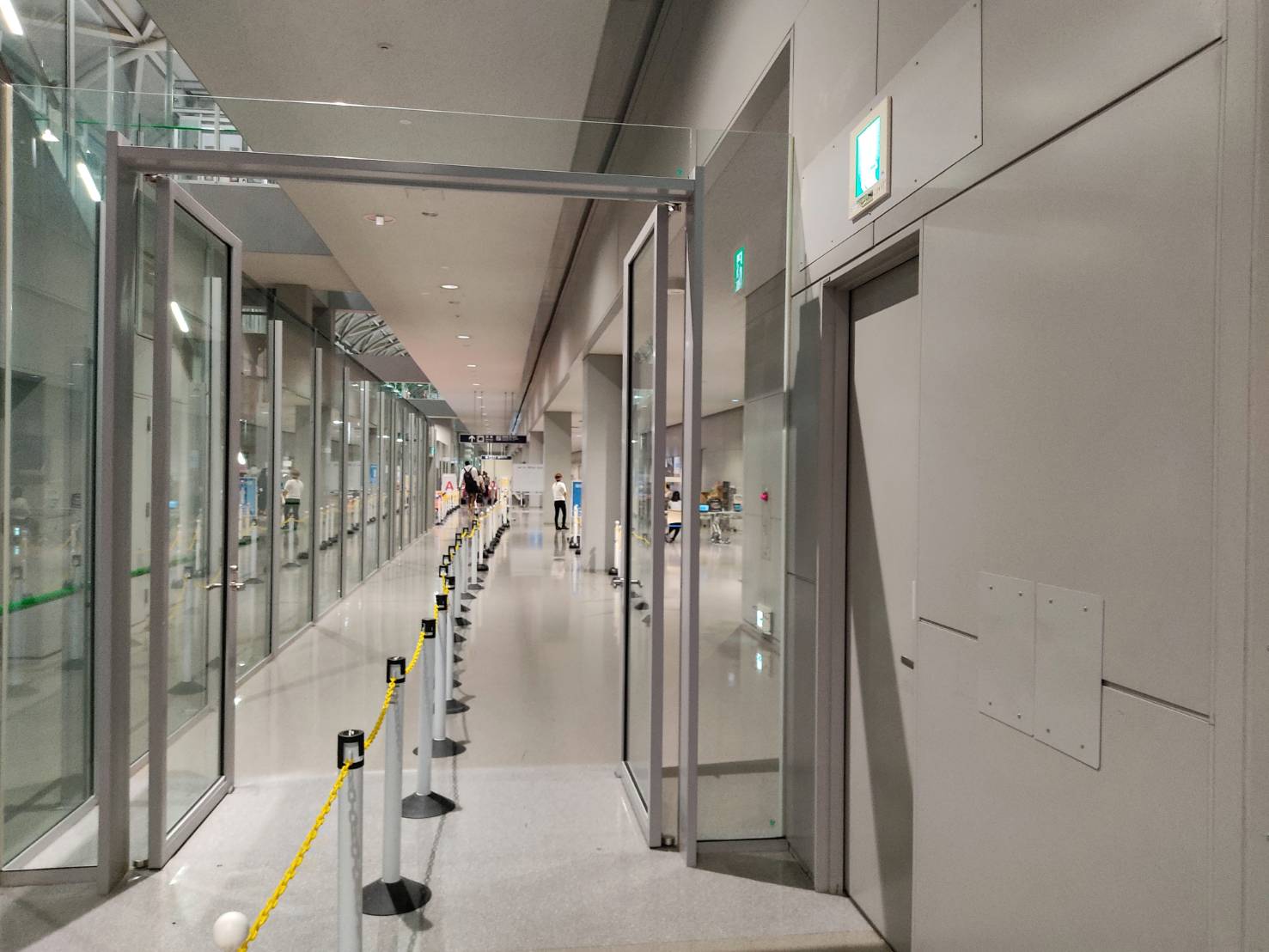
The stations included the famous saliva test and, as I mentioned before, it is surprisingly difficult to produce a large amount of saliva on command. This sounds gross, but you may want to pool some in your mouth as you approach the sample collection station. Otherwise, enjoy the photos of sour foods while you massage your salivary glands.
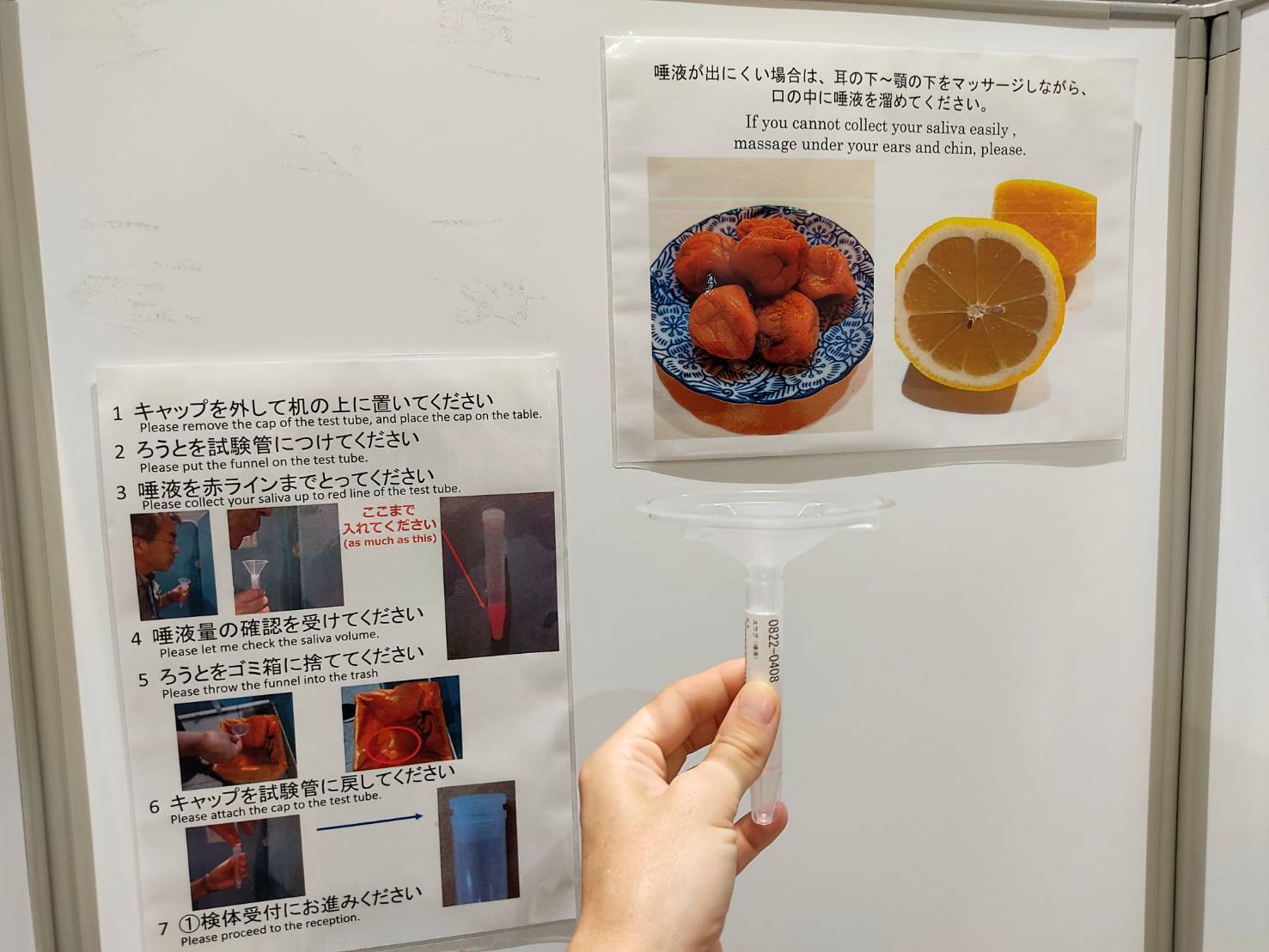
While you are waiting for your results, there is a station where the staff can help you with phone settings and answer any questions you may have about using the apps. They also have a pamphlet explaining how to use the apps, which essentially includes “check-in” (register once you arrive at your quarantine location), verifying your location by pressing the “I’m here” button when you receive pop-ups, and answering video calls.
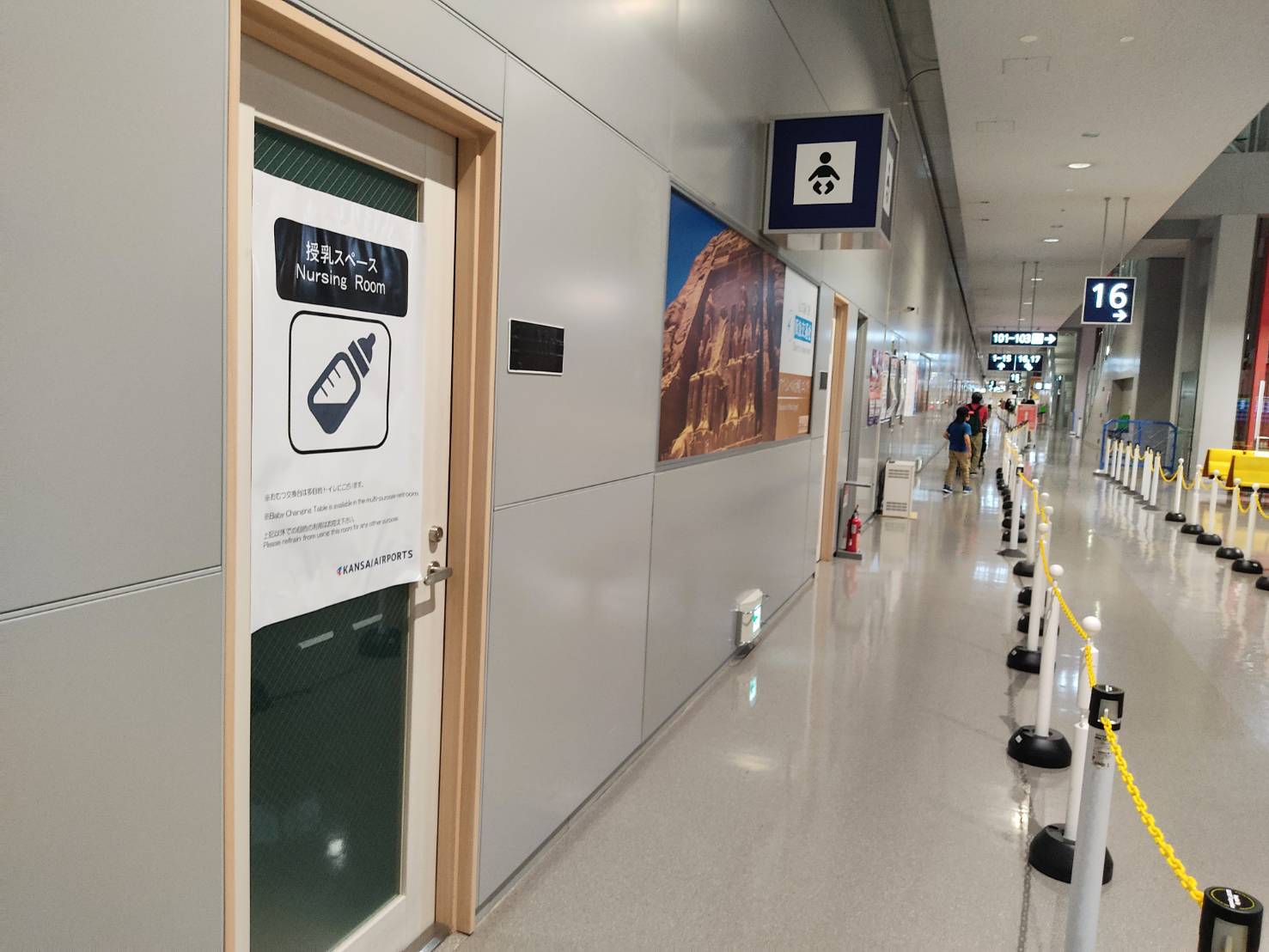
There were also a handful of bathrooms and one nursing room along the way. After passing through quarantine it is the standard procedure for exiting the airport, immigration, customs, and then you are back, home in Japan! All in all it took us under just under 3 hours from arrival at the gate to when we were able to walk out of the airport.
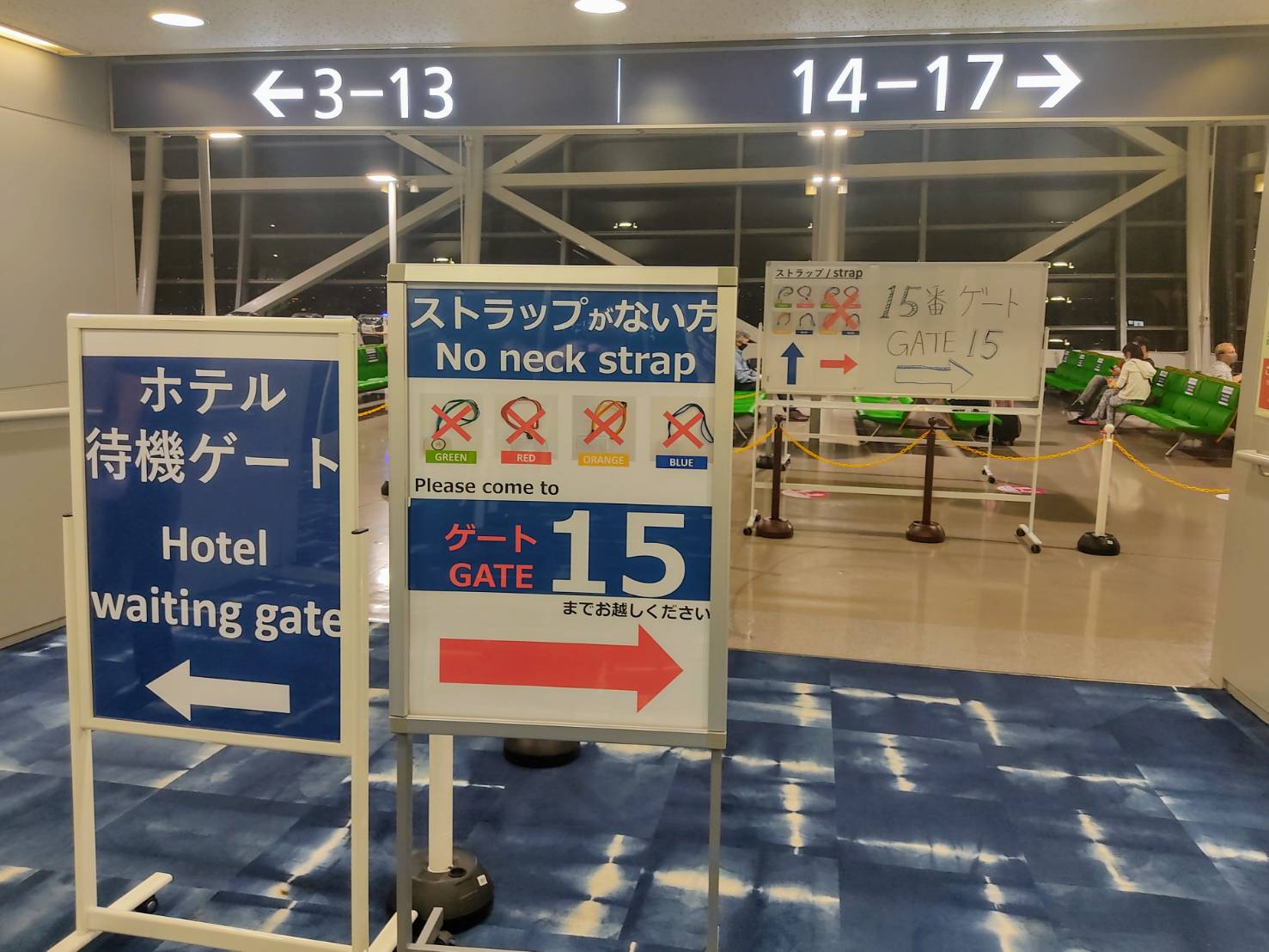
If you are returning from a region with high levels of Covid-19, you may be required to spend three, six, or ten nights in a hotel and be screened and retested for Covid. Although I did not have to isolate in a hotel room, this is what your room might look like. Hotel Nikko is one of the hotels that is being used for Kansai International Airport’s quarantine.
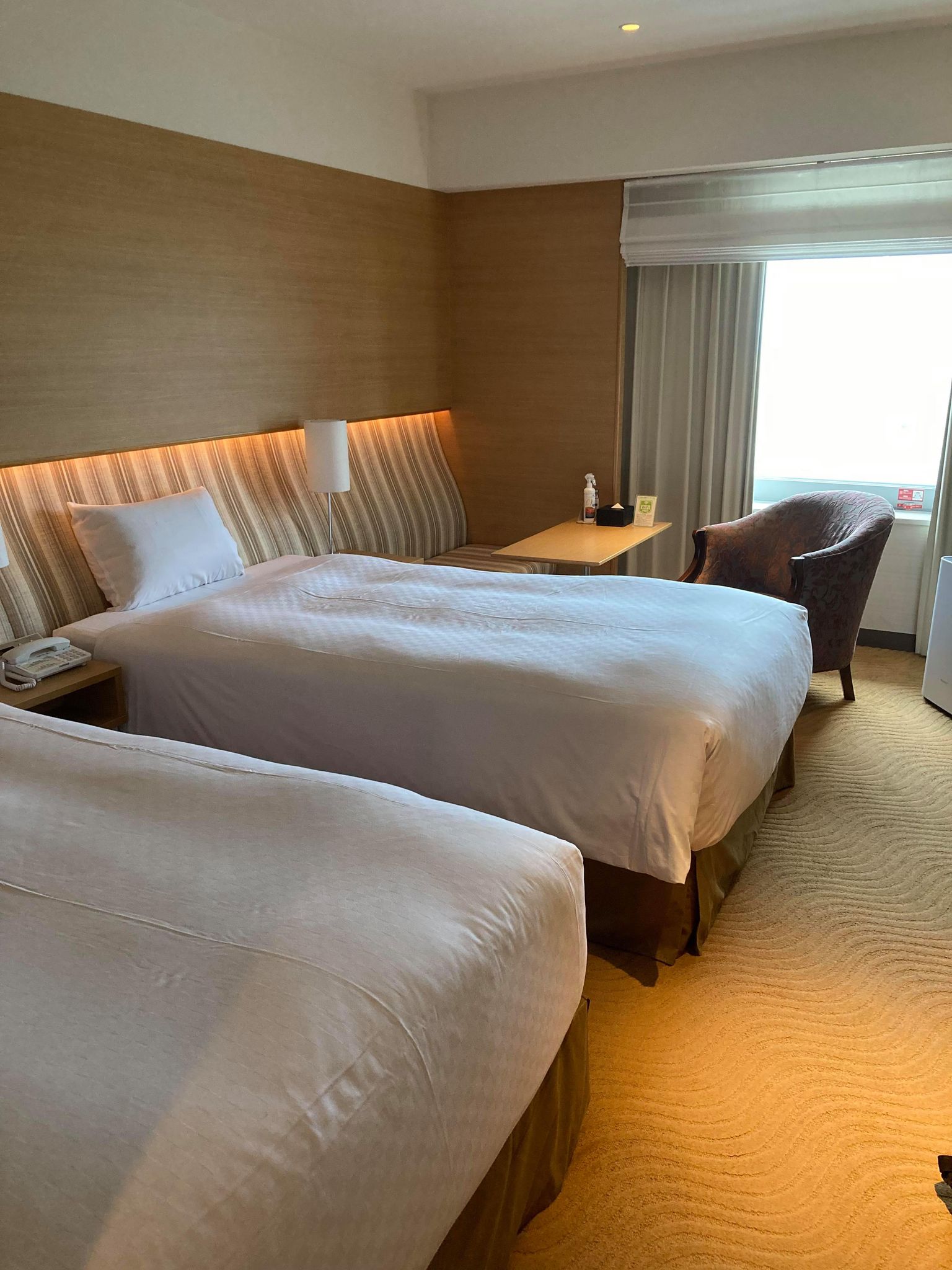
Meals are served three times a day and there are options for people with dietary restrictions.
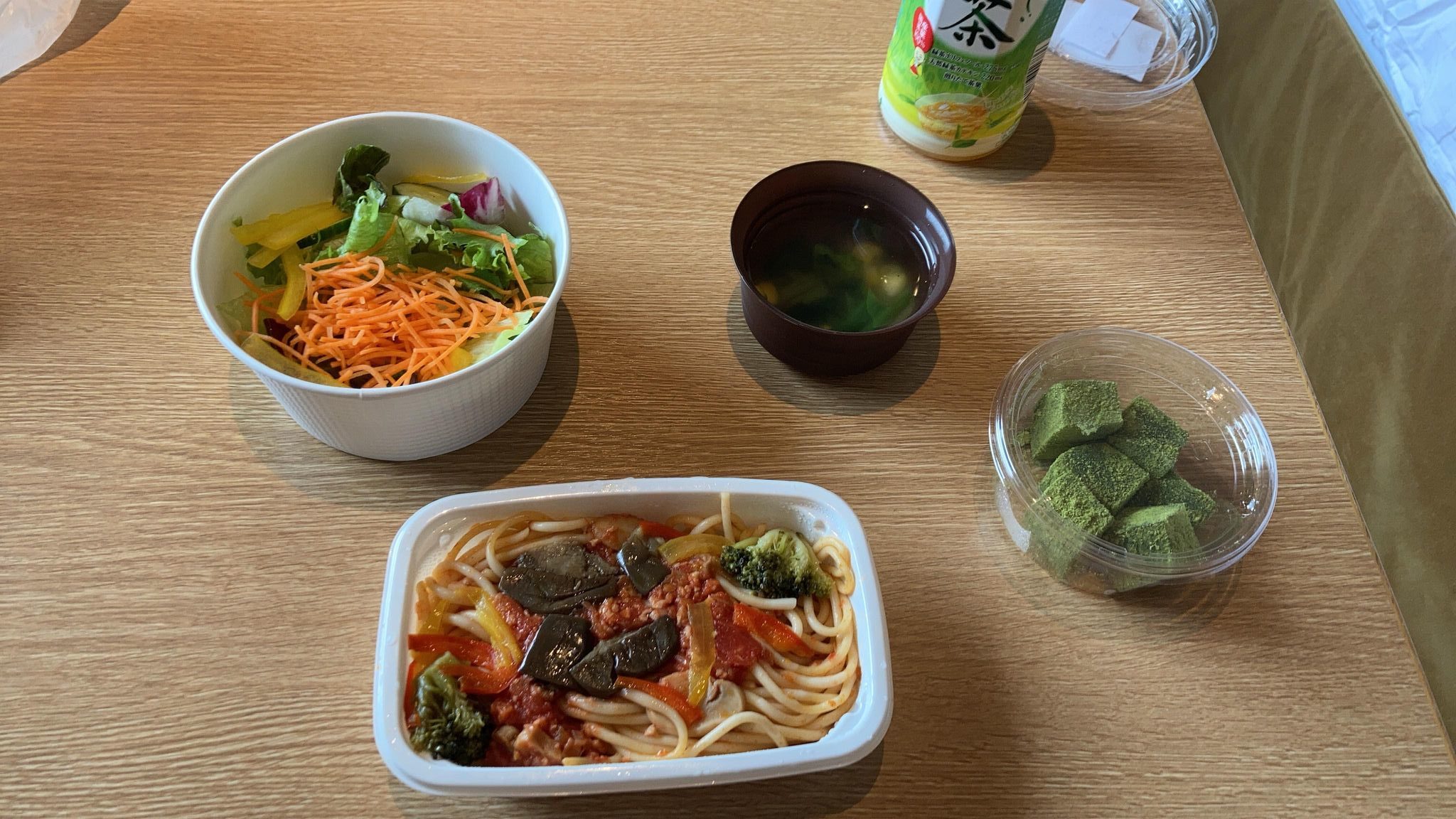
The 14-day quarantine, which by the way is counted from the day after you arrive, felt pretty long. I received 1–2 location confirmation requests/day and 0–2 video calls/day (some of which are recorded and some of which are conducted by humans). I missed one call and received one warning via the app that AI had detected me leaving my quarantine location while I was on my balcony. Apparently answering the AI calls outdoors will trigger a warning message, but after contacting the Health Monitoring Center I was told not to worry about the message.
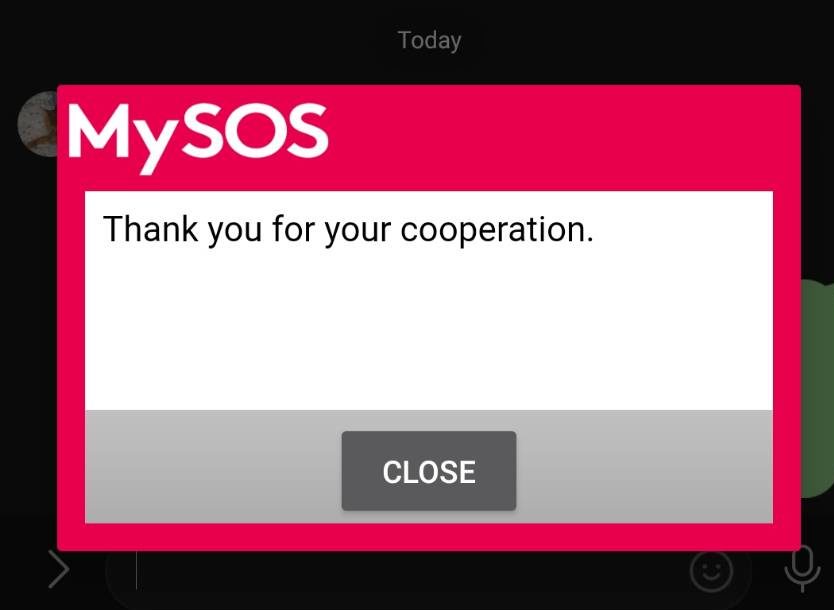
Finishing quarantine was fairly uneventful. I was told during my last phone call that my quarantine was ending and thanked for my cooperation. And the day after my quarantine ended I got a push notification telling me my isolation period was over. And that’s it!
I was planning to delete my My SOS app, but it actually looks pretty useful. After my monitoring period ended, the display changed to show first aid information, emergency contact information, etc. I might just keep it after all.
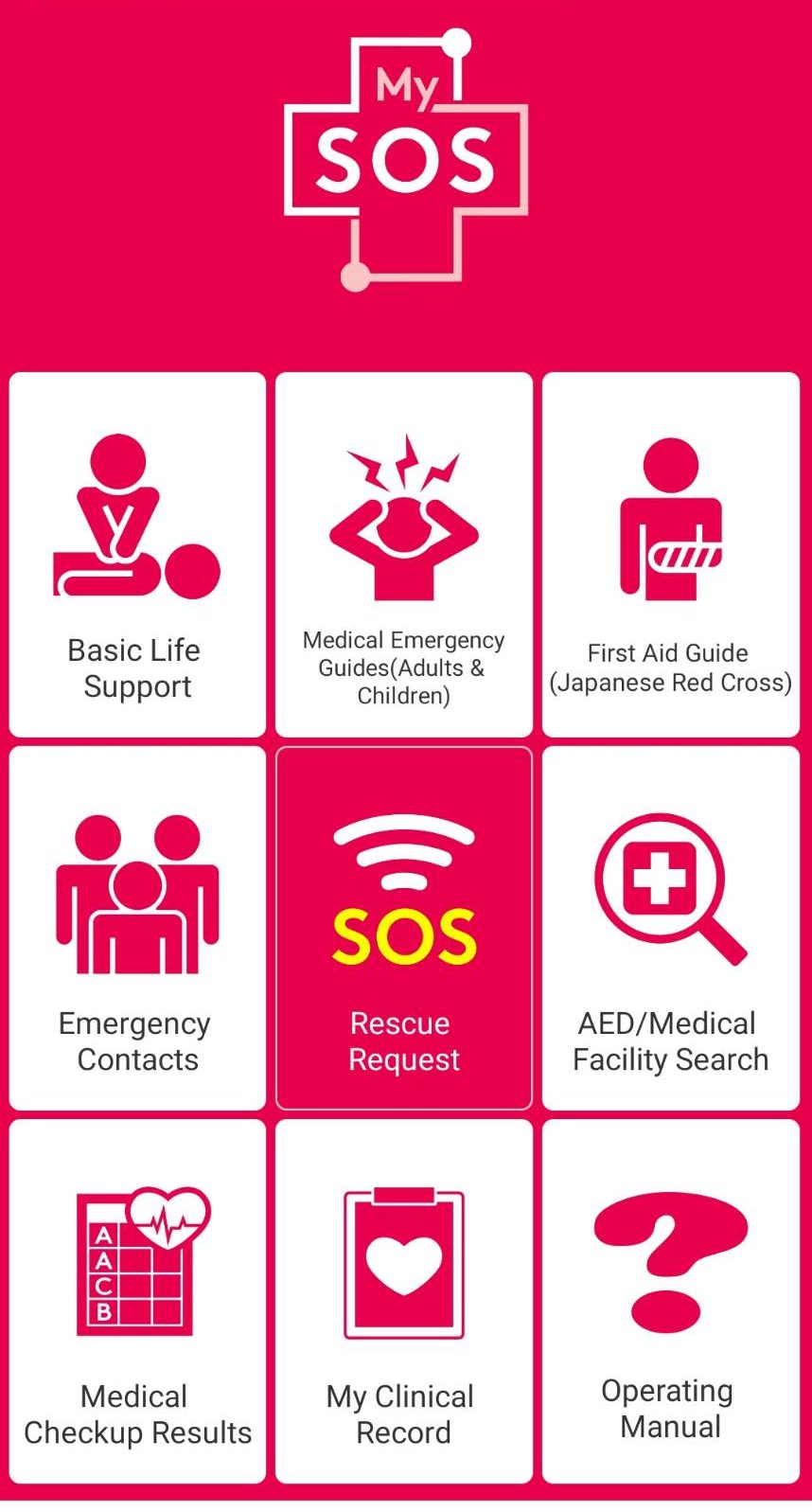
It was a long process, but I am so happy that I was able to travel and so excited to leave my house today. With a mask of course! I wish you all happy and safe travels!
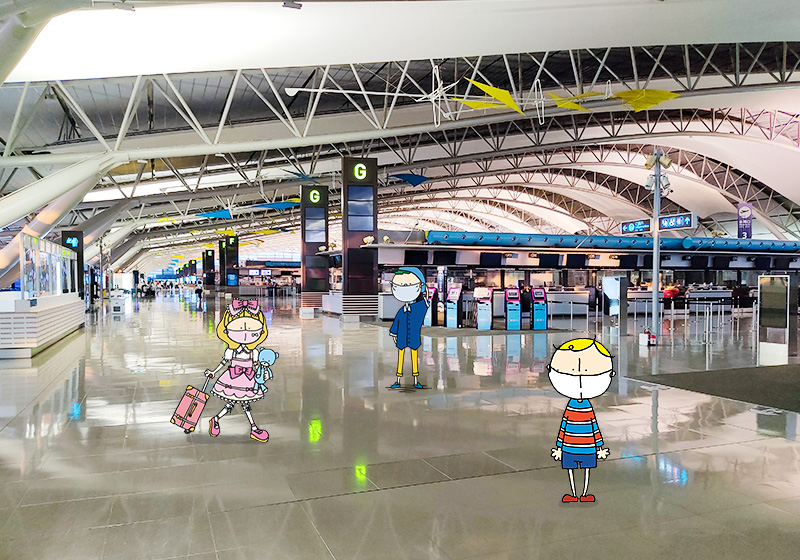 Traveling abroad during COVID: A report from Kansai International Airport
Traveling abroad during COVID: A report from Kansai International Airport
Supporter
The contents of this page were current at the time it was posted, but may differ from the present.
Text visible in this map is based on information from Map Tiler and may differ from actual geographical names.


